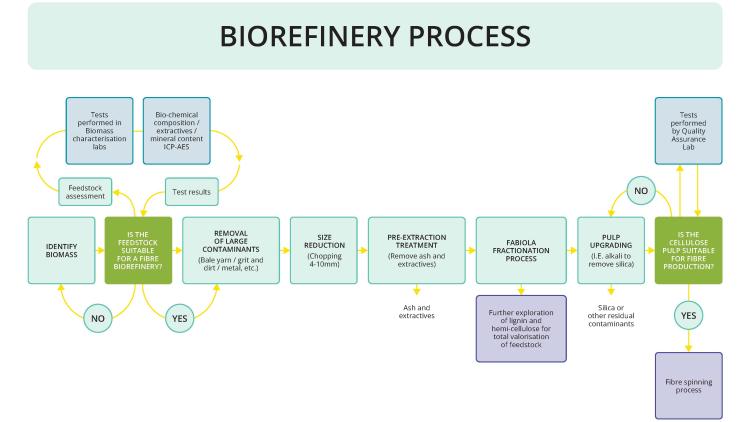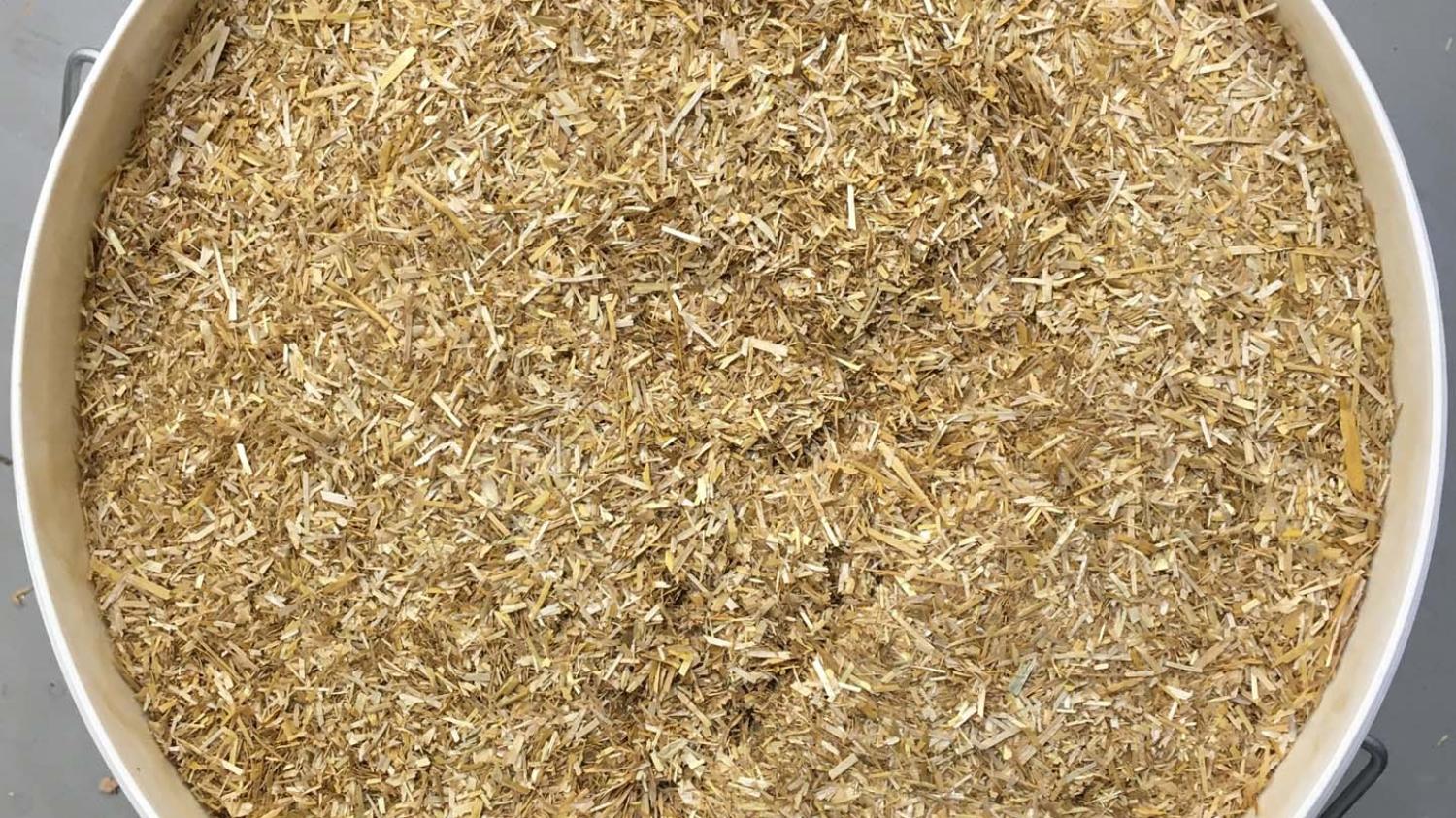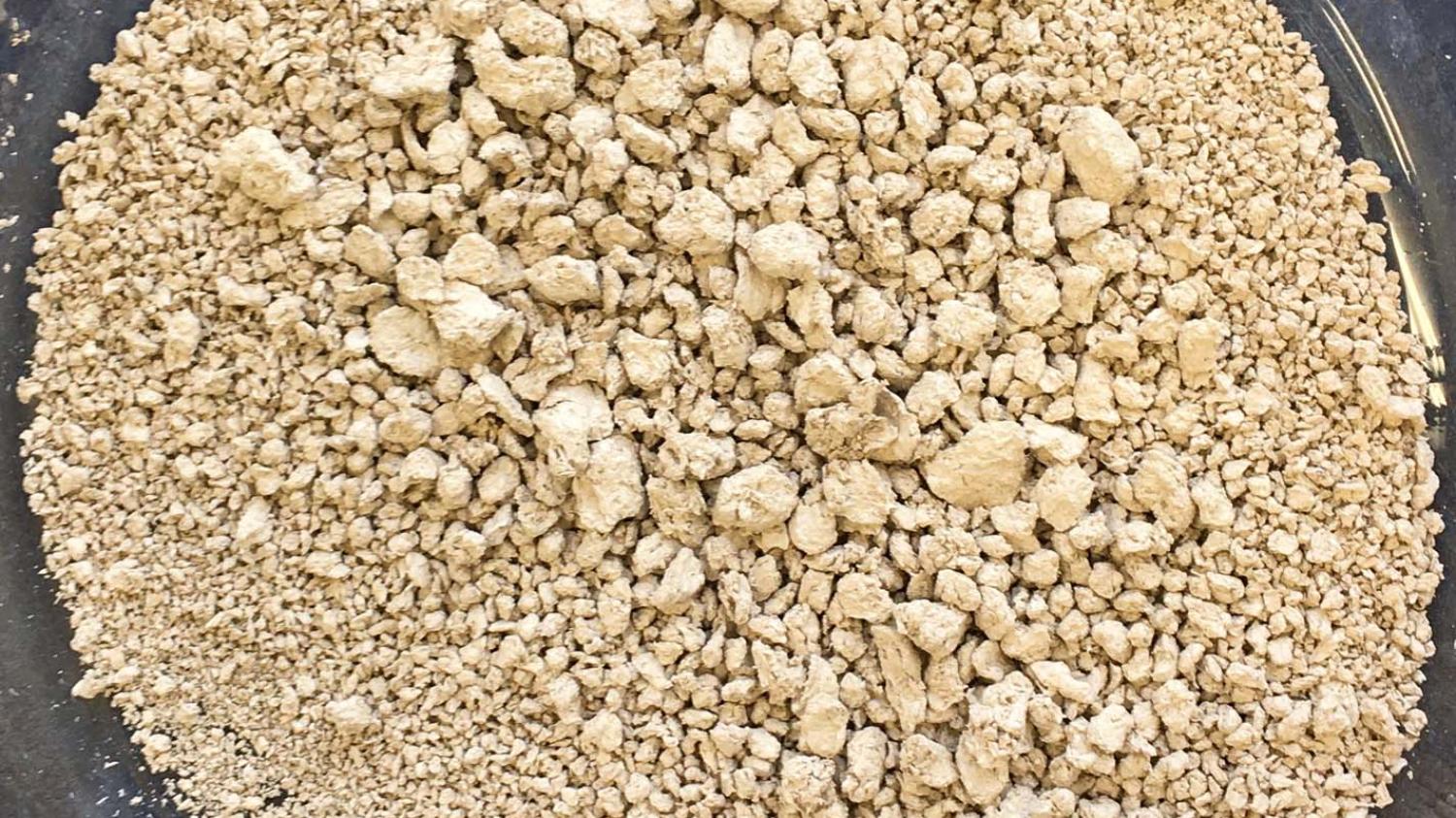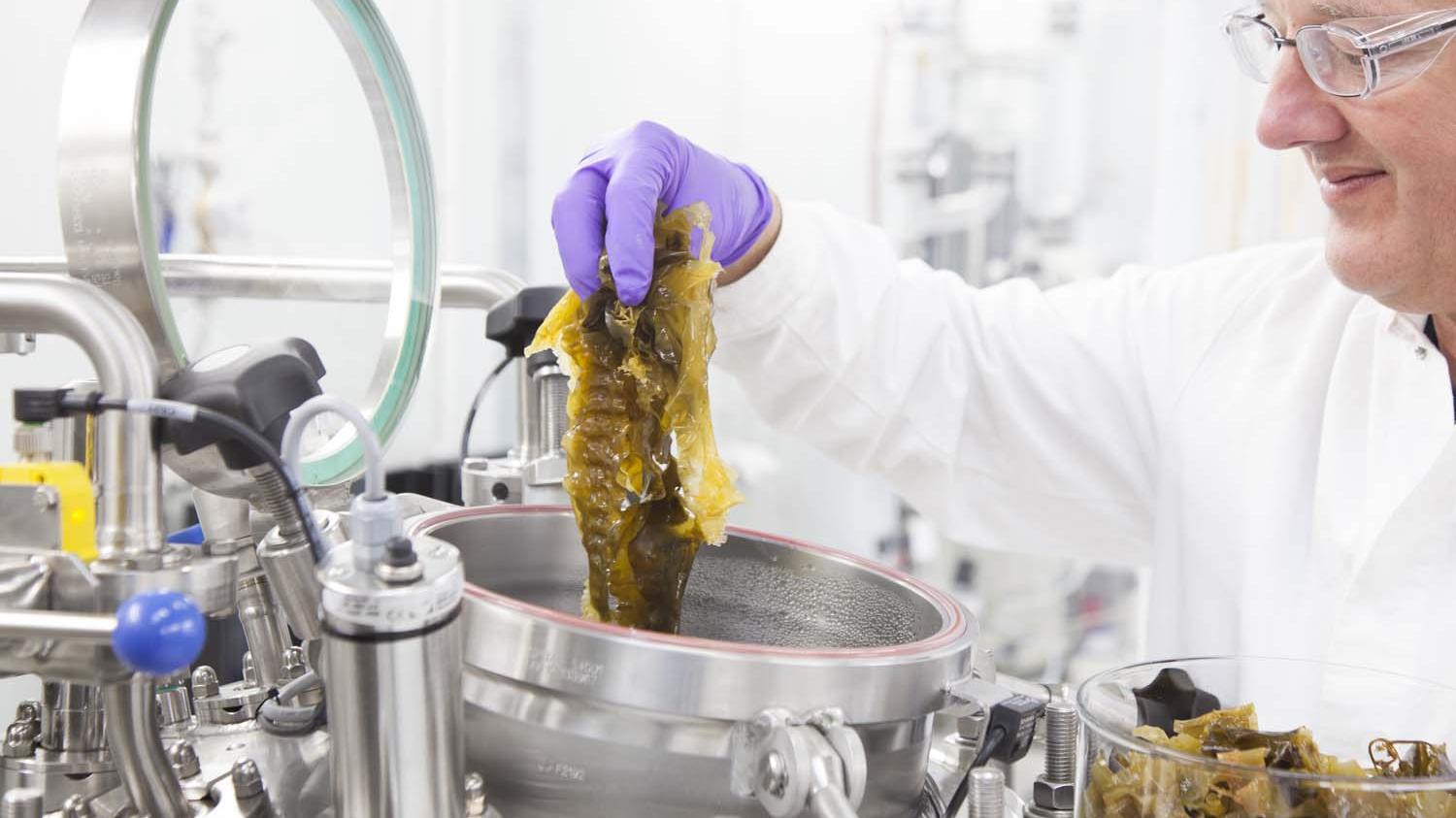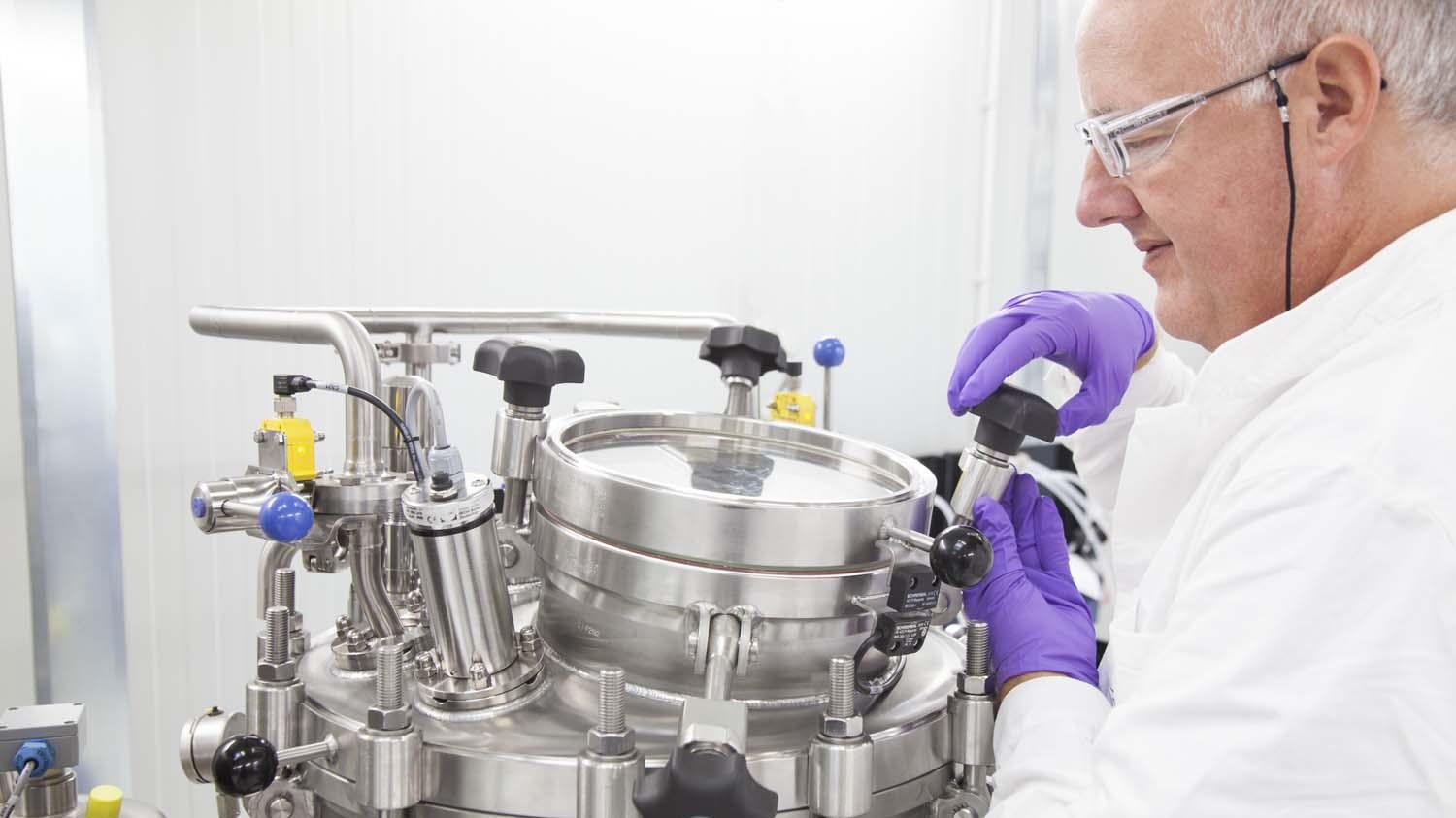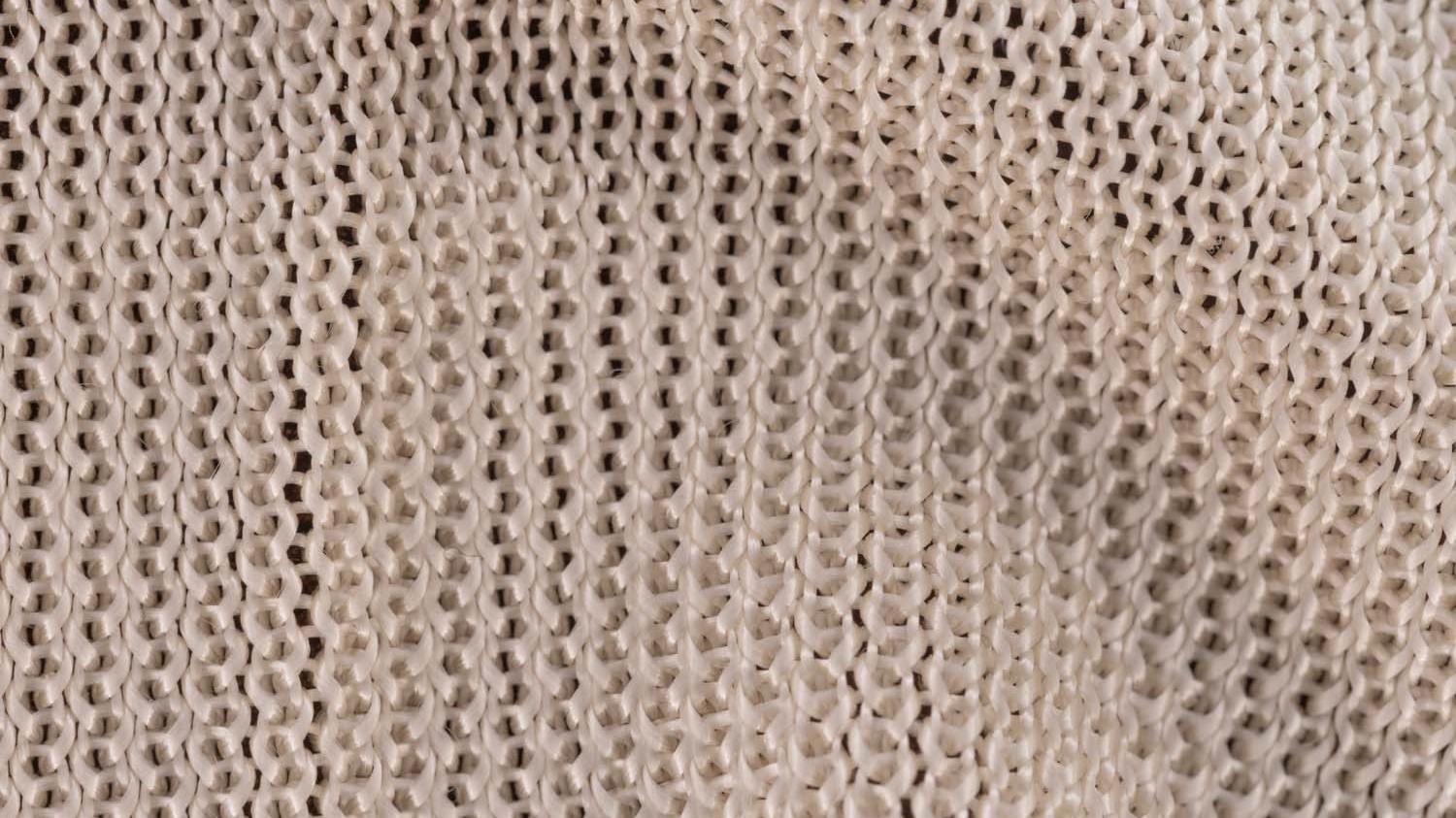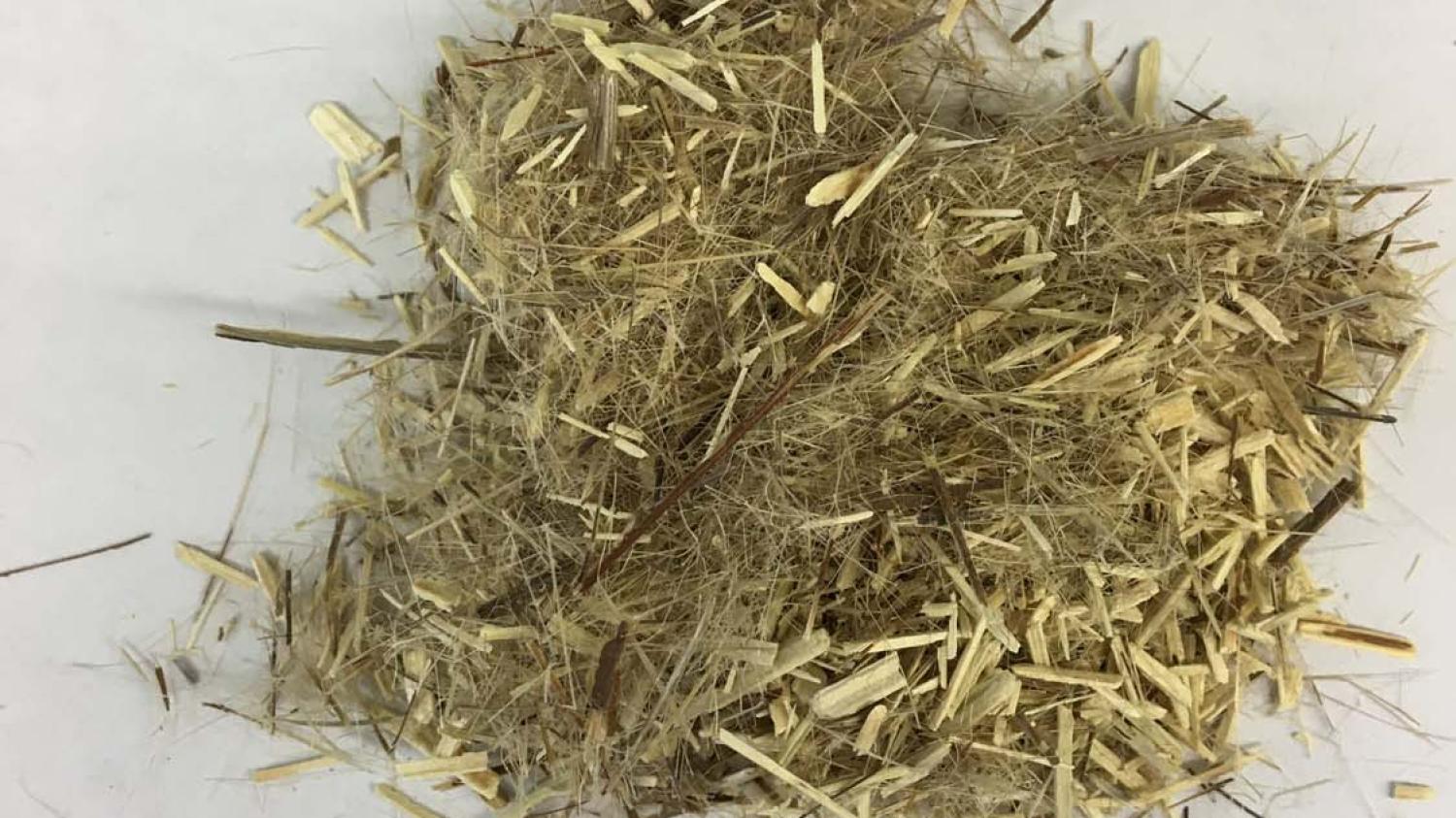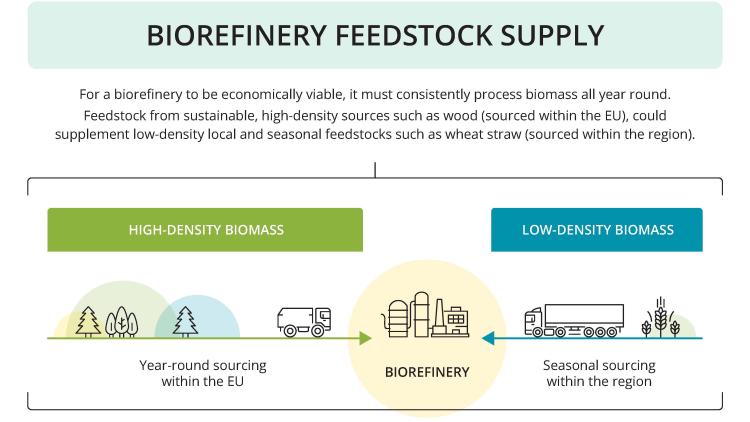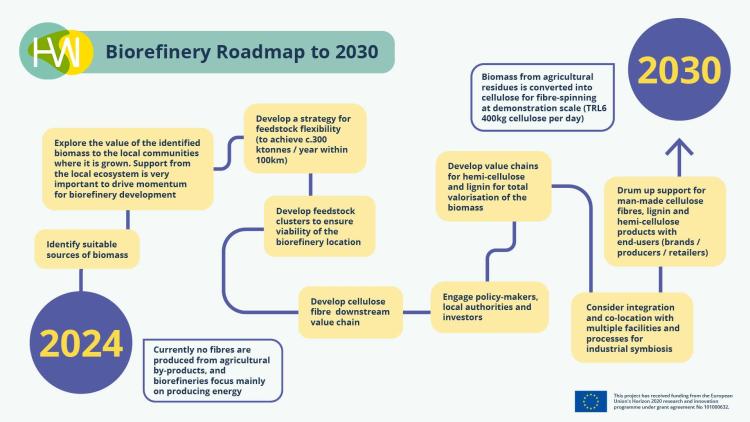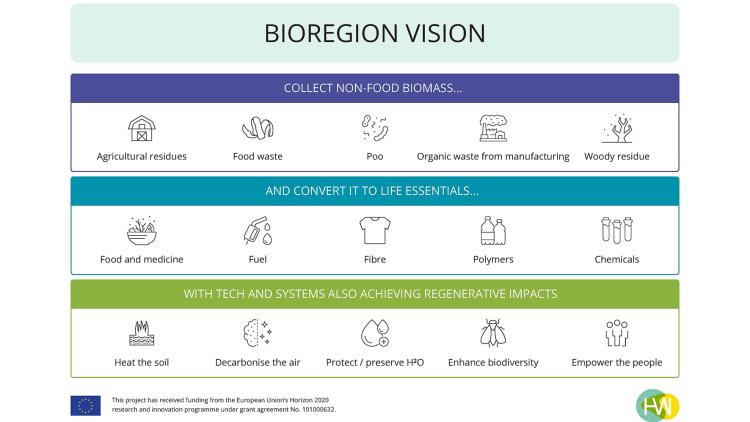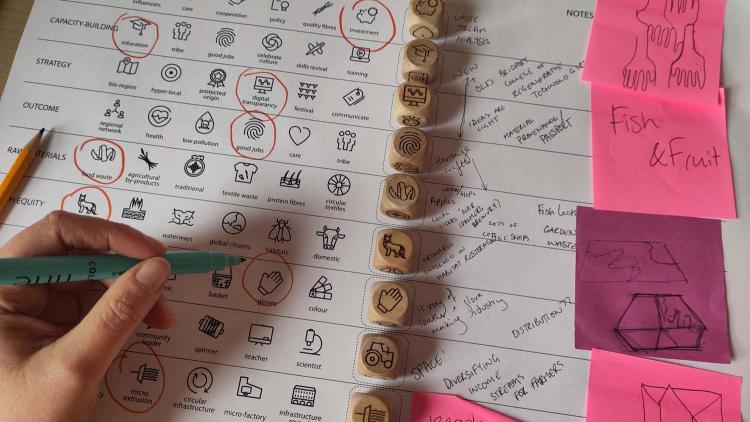Biorefinery
Biorefineries are an essential way of ensuring we make use of every last bit of the total biomass we produce because it has the potential to make use of a wider range of biomass to make fibres for textiles using a low-impact process.
What is a Biorefinery?
A biorefinery is an industrial facility that houses machinery for turning residual biomass such as wheat straw, forestry residues or seaweed into a range of useful products. For example, wheat straw can be made into chemicals like ethanol from sugars for biofuel, lignin-based chemicals for coatings or resins, nanocellulose for packaging materials and cellulose pulp that can be used to spin new fibres for textiles and clothing. The beauty of the technology developed in HEREWEAR is that it can make use of the whole of the raw material so very little goes to waste.
Why do we need biorefineries for textiles?
The materials and processes currently used to make fibres for textiles and clothing are often resource-intensive. By utilising residues from existing production processes such as wheat straw from the production of cereals or seaweed pulp from the production of agar, alginate and carrageenan, the impact of fibre production can be greatly reduced. Biorefineries can also use residues available locally, promoting industry and reducing reliance on global, less sustainable supply chains.
How does a biorefinery work?
A biorefinery is like an industrial-sized kitchen. To make cellulose pulp for spinning fibres, first the biomass has to be chopped, then mixed with solvents. Next the wanted or unwanted materials are extracted and the purified cellulose pulp is dried and sent to a spinning facility. Wanted/unwanted materials get other uses as previously mentioned, contributing to a robust economic model.
Biorefineries are an essential way of ensuring we make use of every last bit of the total biomass we produce. Some plants produce fibres naturally and these can be turned into textiles using traditional methods such as carding and hand-spinning. But suitable fibres don’t occur naturally in every plant. For example, each year it is estimated that 100 million tonnes of wheat straw goes to waste because it can’t be made into useful products.
A biorefinery changes that equation because it has the potential to make use of a wider range of biomass to make fibres for textiles using a low-impact process.
In this section you can find out about what a biorefinery does, the steps that are needed to build textile biorefineries, and who can help.
Good to know!
- Most commercial biorefineries focus on producing ethanol from cellulose for biofuel and don’t use the cellulose part for making materials; there are only a few known biorefineries producing cellulose pulp (other than cellulose for paper making) at pilot or demonstration scale (TRL 5-7), so there is still some way to go!
- The biorefinery process being trialled in HEREWEAR is called FABIOLATM and has been validated at pilot stage (TRL5). Partner TNO are looking for investors and partnerships to move the technology to demonstration scale (TRL6).
- The type and quantity of biomass is different in each country or region. The costs for collecting, buying and processing biomass also change with location.
- For local stakeholder communities it is important that the products made from the biomass can be traced back to the source.
- A useful product from the FABIOLATM process is lignin that can be used to make chemicals and materials, and was found to have higher reactivity than lignin derived from other biorefinery processes. An example of a chemical is to replace fossil phenol with lignin for the glue used in plywood. It can also be used for polyurethane formulations for insulation materials.
- 98% of the chemicals from the FABIOLATM process can be recovered and recycled.
- A novel pre-extraction process has been applied in HEREWEAR to prepare biomass for fractionation, making the extraction of cellulose more effective and efficient.
- A new procedure to further upgrade and refine the cellulose pulp was developed and applied in HEREWEAR to make the pulp suitable for textile spinning.
So, you want to develop a biorefinery?
There are several important steps that anyone who is interested in developing a biorefinery will need to take first:
- The first step will be to identify suitable sources of residual biomass within a given area of around 100km.
- The second will be to assess the biomass. Not every type of biomass is suitable for producing cellulose pulp or require specific adaptations in the processing steps. There are several commercially-available tests that can be performed to assess candidates.
- Once a suitable biomass has been identified and assessed, the third step is to think about the feedstock flexibility. Many biomass residues are only available for part of the year, so it is important to identify other sources of biomass available when the primary source dwindles, that are compatible with the process.
- A biorefinery is not just machinery, it’s a whole ecosystem of actors, from the farmer or residue supplier to the textile mill, so the fourth step will be the creation of a new value chain. Before reaching the biorefinery, the biomass will need to be cut, dried, transported and stored, and when it leaves the biorefinery it will need transporting to fibre spinning facilities and onward to yarn spinning and textile production. There will also be regulatory conditions and local policies to consider.
- For minimum environmental impact and maximum economic gain, a total valorisation of the biomass will be needed, creating several products in addition to cellulose pulp. A biorefinery developer needs to think about developing multiple value chains for the products from the biorefinery such as chemicals, fuels and energy, and they need to take into account the potential social and environmental implications of their endeavour.
What to do next
Suggested reading & viewing
Tools and Facilities
- Mapping agricultural crops in Europe S2Biom
https://www.s2biom.eu/ - NREL & ICP-AES lab testing for feedstock assessment
https://www.nrel.gov/bioenergy/biomass-compositional-analysis.html
Academic Papers
- Panoutsou, C.; Maniatis, K. Sustainable biomass availability in the EU, to 2050; Imperial College London Consultants: 2021.
https://www.concawe.eu/publication/sustainable-biomass-availability-in-the-eu-to-20 - Smit, A. T.; Huijgen, W. J. J. Effective fractionation of lignocellulose in herbaceous biomass and hardwood using a mild acetone organosolv process. Green Chem. 2017, 19 (22), 5505-5514. Smit, A. T.; Verges, M.; Schulze, P.; van Zomeren, A.; Lorenz, H. Laboratory- to pilot-scale fractionation of lignocellulosic biomass using an acetone organosolv process. ACS Sustain. Chem. Eng. 2022, 10, 10503−105
-
Projects
- BBI project UNRAVEL
https://unravel-bbi.eu/
Related Policy
- Eu Bioeconomy Strategy
https://research-and-innovation.ec.europa.eu/research-area/environment/bioeconomy/bioeconomy-strategy_en - EU Strategy for Circular and Sustainable Textiles
https://environment.ec.europa.eu/strategy/textiles-strategy_en - Green Deal
https://commission.europa.eu/strategy-and-policy/priorities-2019-2024/european-green-deal_en - Circular Economy Action Plan
https://environment.ec.europa.eu/strategy/circular-economy-action-plan_en - Eu Industrial Policy Strategy
https://www.consilium.europa.eu/en/policies/eu-industrial-policy/#:~:text=The%20EU's%20industrial%20policy%20aims,The%20importance%20of%20EU%20industry - EU Blue Growth Strategy
https://blue-action.eu/policy-feed/blue-growth - Waste Framework Directive
https://environment.ec.europa.eu/topics/waste-and-recycling/waste-framework-directive_en - RENEWABLE energy DIRECTIVE
https://energy.ec.europa.eu/topics/renewable-energy/renewable-energy-directive-targets-and-rules/renewable-energy-directive_en - FOOD FOR A CIRCULAR ECONOMY: policy brief by the Dutch Environmental Assessment Agency (PBL)28
https://www.pbl.nl/en/publications/food-for-a-circular-economy


